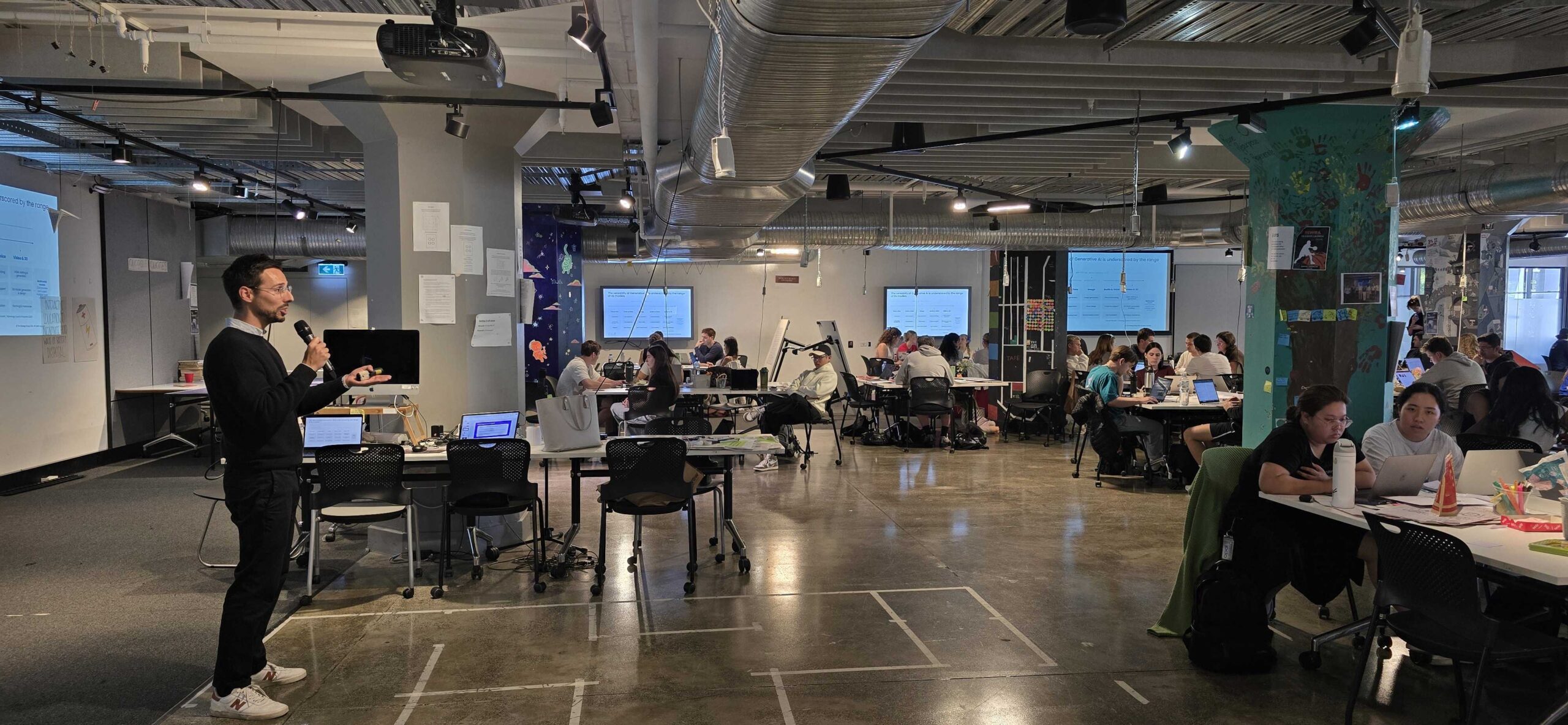By Dr. Jeffrey Tobias
A focus on innovation and design thinking lifted the Korean electronics maker to top spot.
Samsung is the only electronics maker that has taken on Apple in the mobility race and won. Shifts in consumer preferences and emergence of new technologies toppled companies once at the top such as Ericsson, Motorola and Nokia.
Behind Samsung’s success is a decision made 20 years ago to shift from an electronics maker led by engineering to one where new products are informed by design. The story of Samsung’s often rocky rise to be a design-led organisation are detailed in the Harvard Business Review, but it’s worth teasing out a few strands to see why the Koreans succeeded where Europeans and Americans failed. One of the key problems that plague innovation programmes, says Samsung Mobile design vice-president Lee Min-Hyouk is “although everyone is for innovation, no one wants to change when we start talking about details”.
At the core of the Samsung transformation was a shift from incremental change to radical reimagination. Simply adding buttons to an existing product provides little value for the user. When it rolled out the Galaxy Note “phablet”, it created a new segment with an entirely different use case. It wasn’t just a bigger smartphone or a smaller tablet computer; the phablet met the needs of knowledge workers wanting to jot down ideas on the go.
There are three key traits Samsung internalised to make it an electronics powerhouse today.
Empathy – Knowing what users want before they know themselves takes a deep understanding of many disciplines. How many users knew they wanted a phablet—or any transformative innovation—before it was shown to them? Innovation begins with diversity. Samsung’s design knowledge draws on its 1600 in-house designers, engineers, marketers, ethnographers and even writers and musicians. Samsung’s multidisciplinary teams enable it to better understand its customers’ wants and desires from many perspectives and graduate from being a fast-follower to leap-frogging the competition. Empathy also extends to working with other parts of the business and suppliers, to understand their pain points and collaborate on fixing them.
Visualisation – Samsung is now focused on the experience and not how many buttons a product has. In the case of the phablet, Samsung designers struggled to gain management acceptance of the new form factor. This was perhaps reinforced by the view of market leader, Apple, whose founder, Steve Jobs, opposed the size between smartphone and tablet. So Samsung designers reframed the question: they mocked up of a device that looked like a diary with a “smart cover” – an interactive screen when the cover was closed. Detractors were persuaded of the merits and, so successful was smart cover, it was integrated on the smaller Galaxy S smartphone.
Experimentation – Samsung uses in-market experimentation to drive sales of new products. For instance, when it launched a line of TVs that housed its speakers in an innovative chevron design, it identified Europe as a receptive market. The thinking behind the redesign was that TVs were inactive most of the day so in addition to having great pictures and sound should be pieces of art. Although Samsung engineers were concerned that sacrosanct sound quality would suffer, designers thought the benefits worth the risk. And it paid off: Samsung sold a million TVs in six months.
The Strategy Group’s view is for Samsung to keep its foot on the design accelerator and spend more time watching its customers’ interactions. This is easier for Samsung than some other companies because it made the smart decision at the start to embed an in-house design function.
And any organisation can replicate Samsung’s success in its own way. The Strategy Group helps people in organisations think like designers – whether you’re an engineer, executive or in another role. CEOs don’t need to hire more designers because we enable everyone to start thinking in design terms and help to transform the organisation from the inside.
Think you want to follow Samsung’s lead and start an organisational design capability of your own but not sure where to start? Give us a call for a quiet chat on +612 9388 9925 or email me: jeffrey@thestrategygroup.com.au
Join 10,000 others who want the latest insights, tools, tips and resources. We help you get better results by staying on top of the latest methodologies and thinking.












